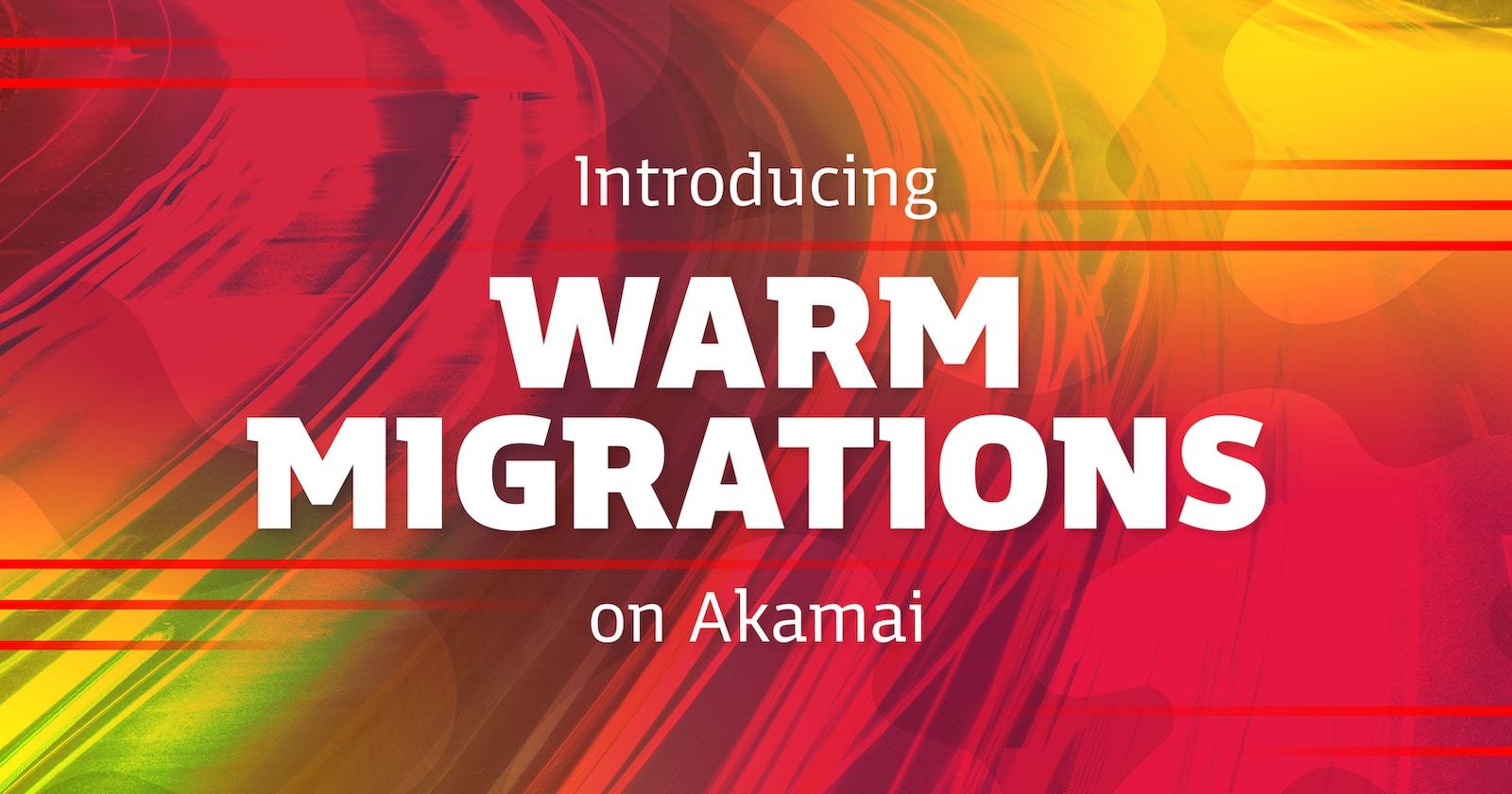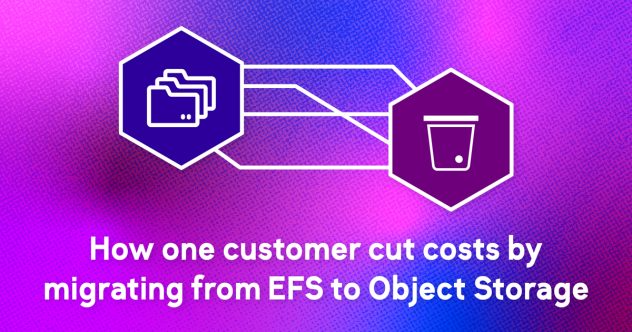As part of our continued backend improvements, we have developed a faster way to resize virtual machines on our platform and significantly decrease downtime during routine maintenance when moving a VM to a different host. This was accomplished partly through our goal to design live and cold migrations to use the same job type.
Throughout the life of your server, you may need to resize your VM, change your plan type, or even move to another Akamai data center. Periodically, Akamai may also need to move VMs to rebalance hosts or perform routine maintenance.
Before today, there were two types of migrations on Akamai’s compute platform:
- Live Migrations – With a VM powered on, we can move it to a similar host within the same data center with no down time.
- Cold Migrations – With a VM powered off, we can resize it or move it to a different data center. This often incurs significant downtime, especially for larger VMs.
We added a third migration type: warm migrations. Warm migrations allow VMs to remain powered on through most of a move, reducing the downtime to less than one minute. Like most cloud providers, Akamai runs a mixed fleet environment, and we now have a solution to relocate VMs quickly to different hosts. This will also enable a fast resizing or changing from shared or dedicated plans to premium instances, which guarantee a specific processor model or newer.
Warm migrations came from the process of streamlining and increasing the reliability of cold migrations, which is another update we can proudly announce today. All of these make up our unified migration platform.
Live and cold migrations now use the same job type and run as a single job rather than multiple independent jobs that can succeed or fail. This removes any potential errors caused by a VM existing on two systems after a migration job completes and the process will not adjust the state of the record or the source host until the disk and state have been successfully synced to the destination host. This significantly decreases the potential need for manual intervention from our support team when moving a VM to another region.
In summary, we have less overhead to maintain and will have an easier time with maintenance and rebalancing tasks. For you, this means:
- Warm migrations can move a VM to another host in the same data center in under one minute.
- Significantly less downtime when resizing a VM or changing your plan.
- Significantly less downtime when we rebalance or upgrade our fleet.
- Greatly increased reliably when migrating from one data center to another.
Resources







Comments (1)
Awesome news! The introduction of warm migrations is a game-changer, in my opinion. Combining live and cold migrations into one efficient process is a smart move. Great to see Akamai’s commitment to enhancing customer experience and service reliability. Looking forward to using this going forward. Great job!